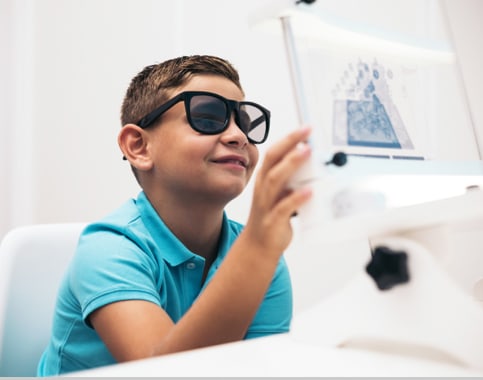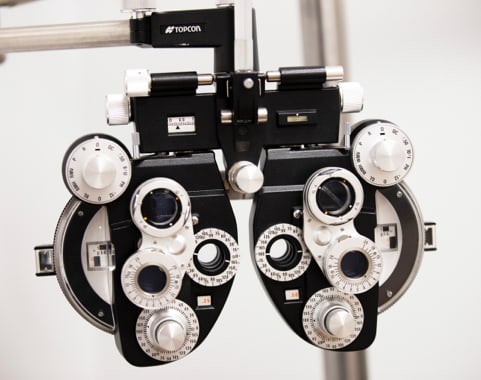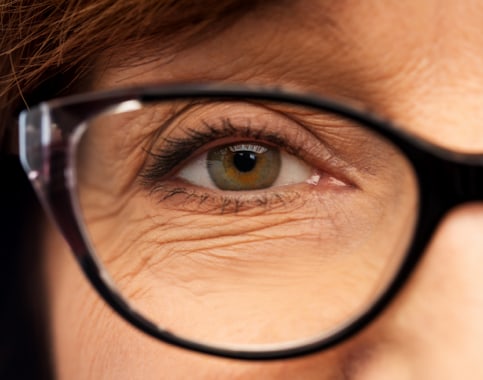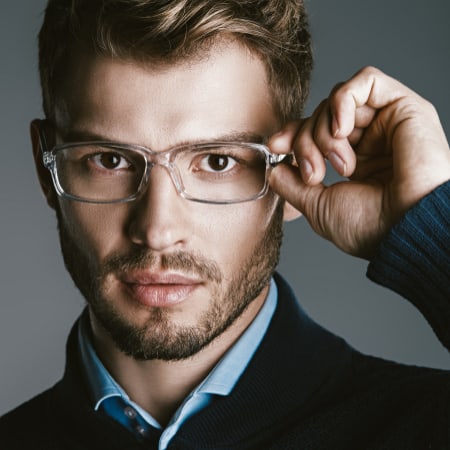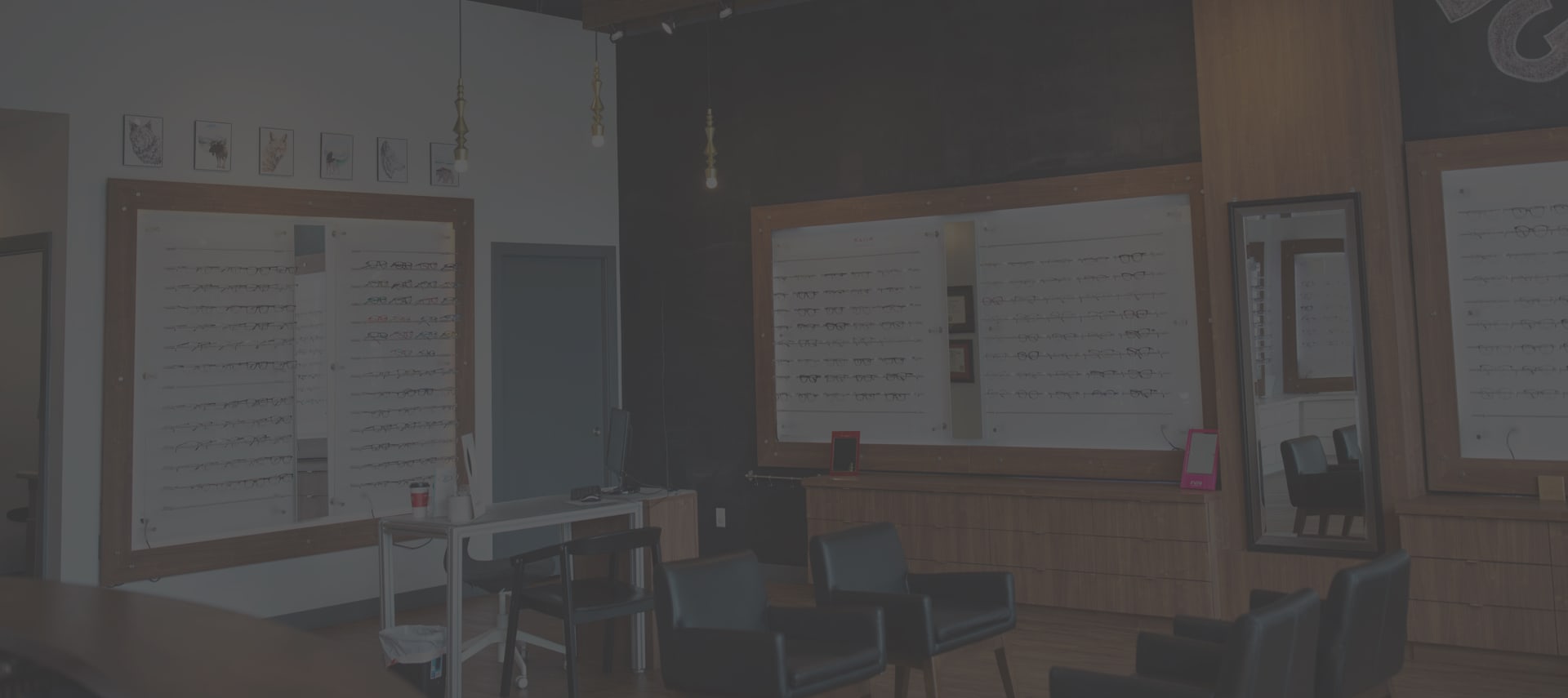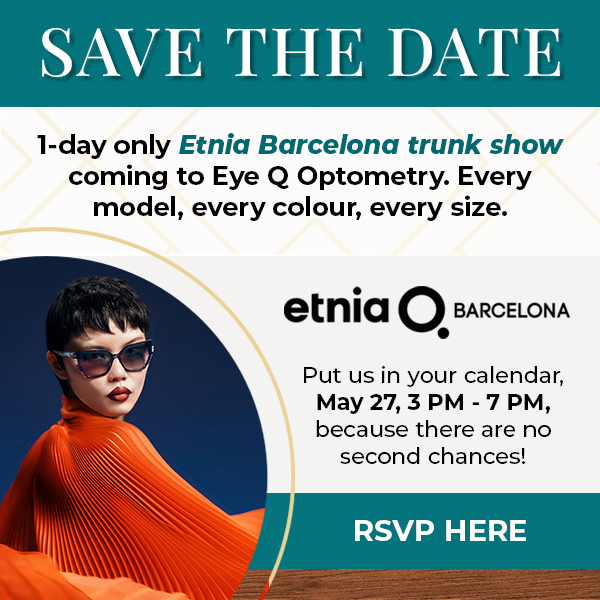
Preventing a Growing Eye Problem
Myopia (also known as nearsightedness) is a common refractive error that can grow into a significant eye problem, affecting your child’s lifelong sight. At first, your child may need glasses or contact lenses to follow a ball across the field or see the front of a classroom. But myopia can worsen as your child grows, increasing their risk of developing serious eye diseases and conditions.
Starting myopia control as soon as possible can help protect your child’s long-term sight, reducing eye health risks and resulting in a lower prescription. Book your child’s appointment at Eye Q Optometry to see how myopia control can benefit them.
Book Appointment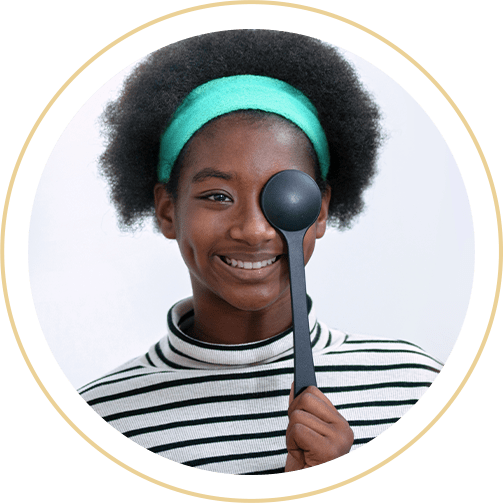
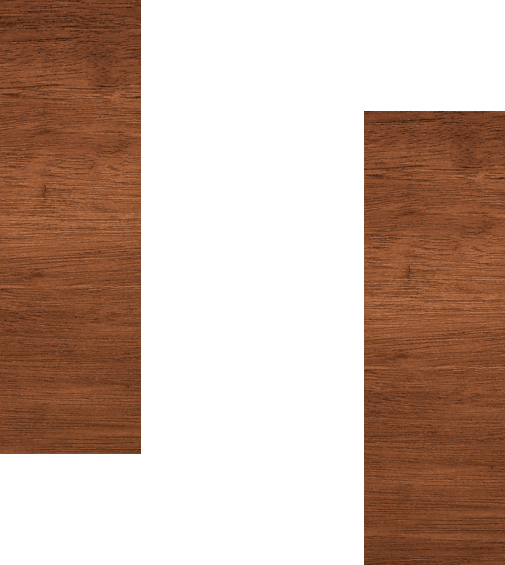
What Is Myopia?
Myopia is a vision problem causing poor distance vision but doesn’t impact close vision. About 30% of people worldwide are nearsighted, and numbers are rising—by 2050, nearly 50% of people will be myopic.
When light enters the eye, all of its parts work together to focus light on the retina (the light-detecting tissue at the back of the eye). Myopia occurs when the cornea (the clear front of the eye) curves too steeply or the eye grows too long, causing light to land in front of the retina, blurring distance vision. Myopia is usually diagnosed during childhood when vision is still developing. It typically stabilizes when the eyes stop growing around age 21 but can progress into adulthood.
Myopia Increases Risks
Myopia has levels of severity based on how significantly it impacts the eye:
- Mild myopia (-0.25 to -3.00 diopters) causes minor symptoms. On the lower end, patients may see comfortably without corrective lenses, or only need lenses for specific tasks.
- Moderate myopia (-3.00 to -6.00 diopters) causes moderate symptoms. Patients often need corrective eyewear for daily tasks, and have an increased risk of eye problems.
- High myopia (more than -6.00 diopters) causes severe symptoms. Patients have a higher risk of developing sight-threatening eye conditions.
In adulthood, poor distance vision can be improved with glasses, contact lenses, or laser eye surgery. In childhood, myopia control can help slow eye growth, preventing eye problems and vision loss.
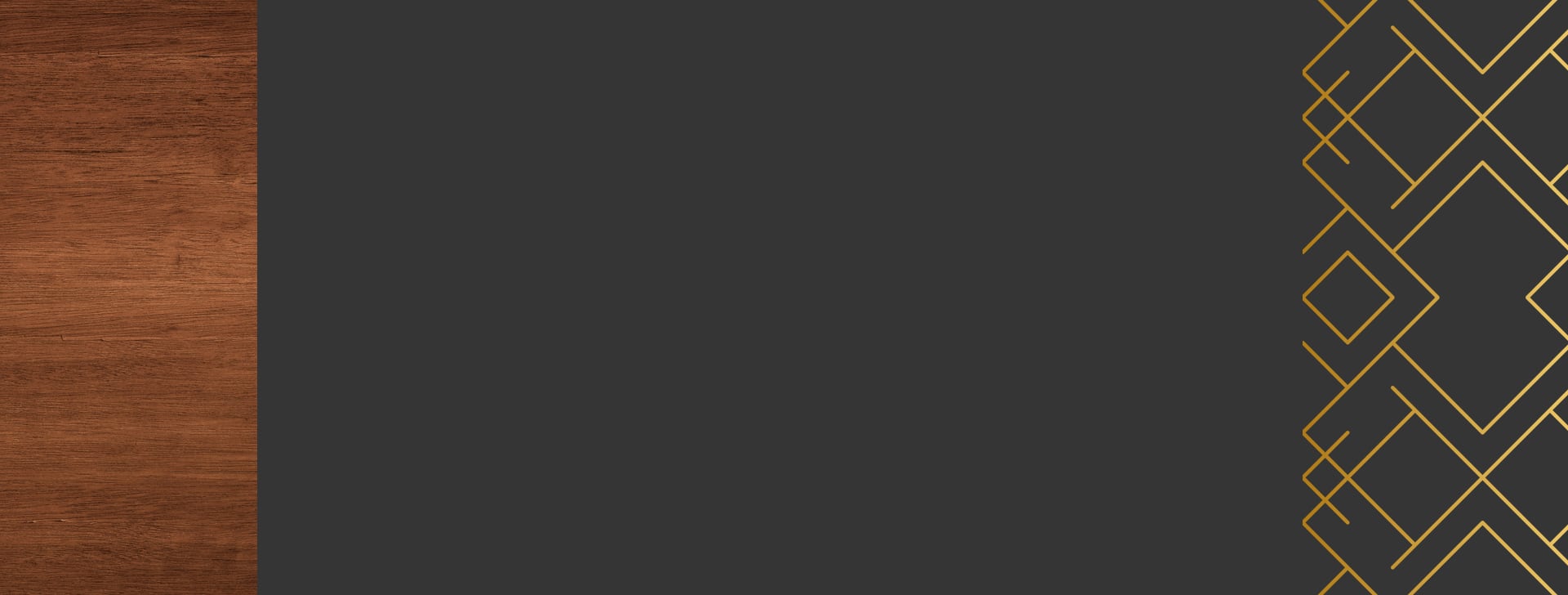
Methods of Myopia Control
We can develop a personalized plan for myopia control if your child has myopia. This process may involve a few approaches based on what’s appropriate for their vision and eye health.
Some myopia control methods include:
- Atropine eye drops
- Multifocal contact lenses
- Multifocal eyeglasses
Atropine Eye Drops
Atropine eye drops are a standard part of dilated eye exams—applied to dilate (widen) the pupil (opening of the eye). The pupil controls how much enters the eye, shrinking to reduce light and expanding to allow more. The atropine relaxes the eye’s focusing mechanisms, expanding the pupil and allowing an improved view of the inside of the eye.
Low-dose atropine eye drops work for myopia control in a similar way—by relaxing the eye. Focusing fatigue, which is related to prolonged close-visual tasks, is a factor in myopia progression. Studies have found that atropine drops can significantly decrease myopia progression, especially when combined with ortho-k.
Atropine can temporarily increase light sensitivity and cause blurred vision, so they’re usually applied before bed.
Atropine is used to slow eye growth, not correct eyesight. We may recommend eyeglasses, contact lenses, or ortho-k to correct your child’s distance vision.
Multifocal Contact Lenses
Multifocal contact lenses are soft contact lenses with a dual purpose: slowing myopia progression and correcting distance vision. The lenses feature multiple focusing powers or prescriptions in a single lens, arranged in a bullseye design.
The circular middle section works the same as standard contact lenses. The prescription increases focusing power to help the cornea focus light on the retina, improving vision. The outer ring refocuses peripheral light.
Children with myopia have an uneven, elongated eye shape. Although light can reach the retina, it’s weak and unfocused. Unfocused light can also land behind the retina (called peripheral light), which the eye interprets as light focusing too far—in other words, the eye thinks it’s too short!
Refocusing peripheral light brings the light forward to focus on the retina. As a result, the eye stops receiving the signal to keep growing.
Multifocal Eyeglasses
Multifocal eyeglasses work in 2 ways:
- Correcting distance vision (similar to traditional eyeglasses)
- Refocusing peripheral light inside the eye, moving it forward to focus directly on the retina
Myopia control glasses can help your child see clearer while slowing eye growth. Peripheral light inside the eye incorrectly focuses behind the retina, signalling the eye to keep growing. By refocusing peripheral light (known as peripheral defocus), the eye stops receiving the signal to grow, slowing myopia progression.
Eye Q Optometry offers 2 myopia control eyeglass options:
- Zeiss MyoVision uses the outer ring of the lens for a peripheral defocus zone and the centre for correcting distance vision.
Hoya MiYOSMART uses a honeycomb design, with peripheral defocus and distance vision correction segments integrated into the lens.
Get Started with Myopia Control
Managing myopia today can help protect your child’s vision and eye health tomorrow. Kids have so much to look forward to, and we want to help them achieve lifelong, comfortable, clear vision. Book an appointment at Eye Q Optometry to start their personalized myopia control treatment.
Visit Us Today
Our practice is located in the Killarney area of 17th Avenue, within walking distance of the Westbrook LRT station. There’s plenty of parking available nearby.
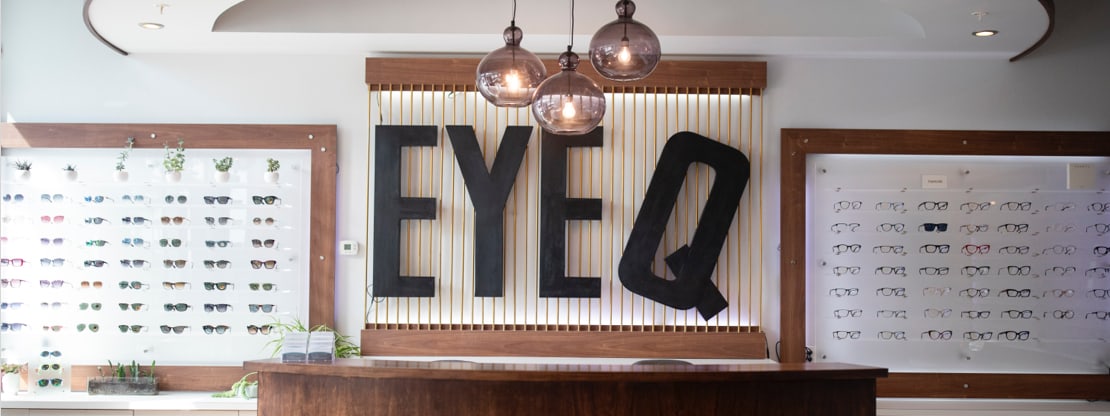
Our Address
- 3314 17 Ave SW
- Calgary, AB T3E 0B4
Contact Information
- Phone: 403.727.4404
- Fax: 888.457.6613
- Email: [email protected]
Our Hours
- Monday: 9:00 AM – 5:00 PM
- Tuesday: 11:00 AM – 7:00 PM
- Wednesday: 9:00 AM – 5:00 PM
- Thursday: 9:00 AM – 5:00 PM
- Friday: 9:00 AM – 5:00 PM
- Saturday: 10:00 AM – 4:00 PM
- Sunday: Closed



